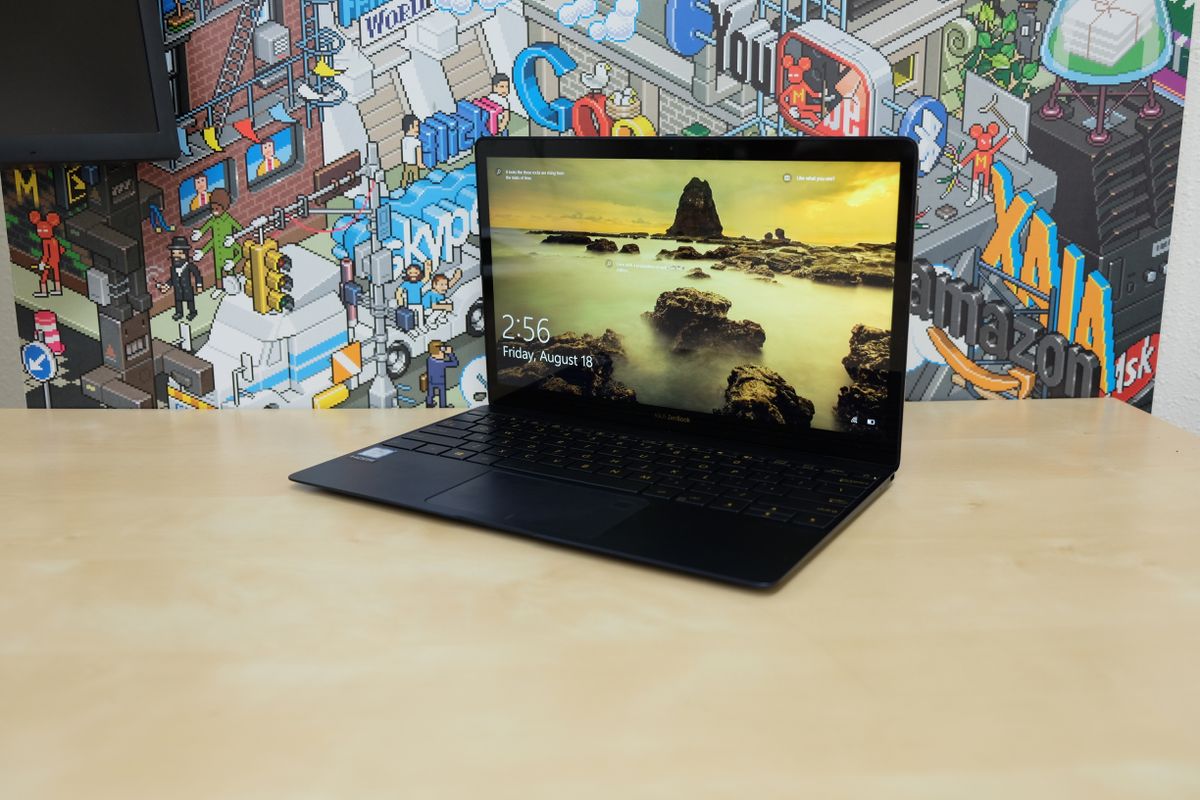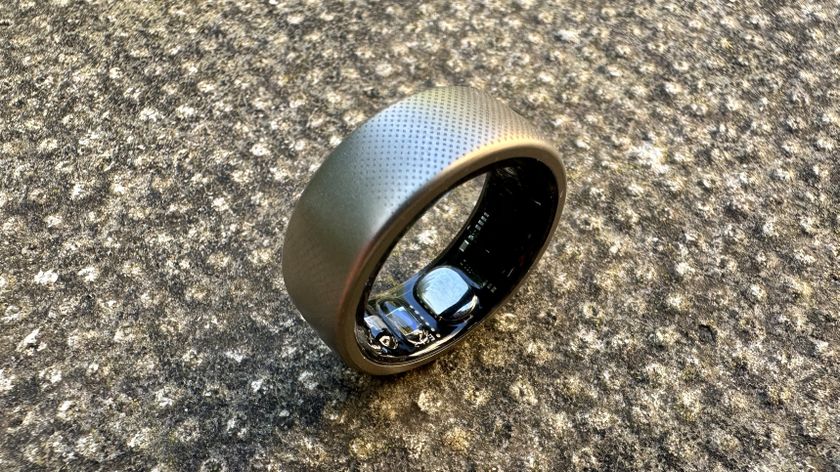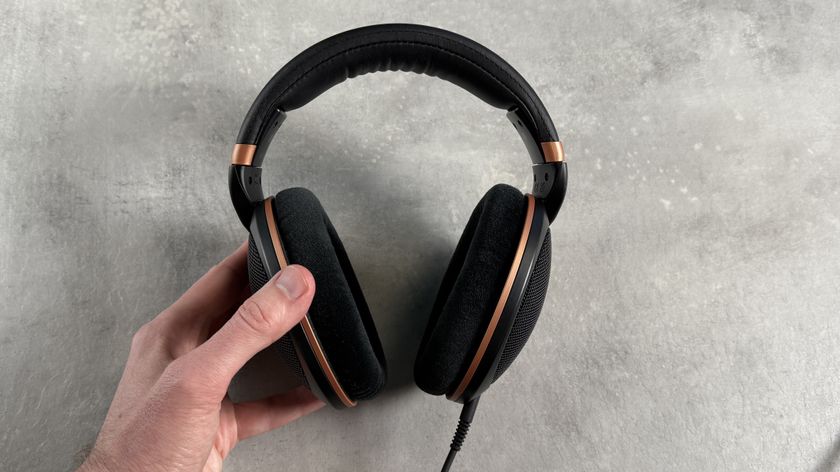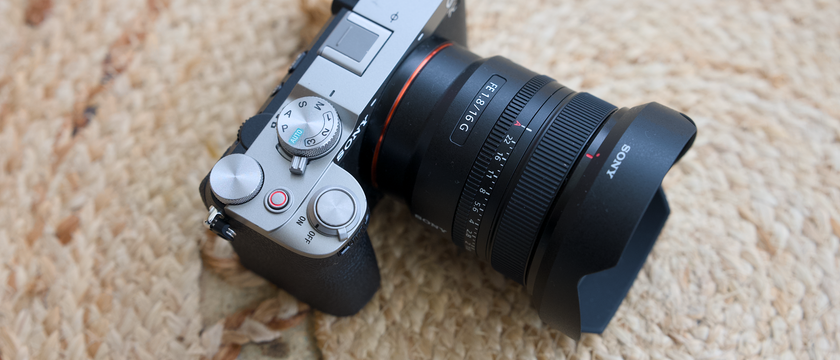TechRadar Verdict
The Zenbook 3 looks the part of a slick and powerful ultra-portable laptop, only with a mushy keyboard and odd fingerprint sensor placement.
Pros
- +
Crystal clear display
- +
Lightweight and very portable
- +
Reliable fingerprint sensor
Cons
- -
Weird fingerprint sensor placement
- -
A single USB-C port
Why you can trust TechRadar
The best Ultrabooks keep slimming down, and no Asus laptop exemplifies this trend quite like the Asus ZenBook 3. After all, who wouldn’t want a laptop that’s quick enough to tackle most everyday tasks, while also being thin and light enough to carry with you wherever you go? It’s a compelling sales pitch made by the likes of the Dell XPS 13 and the MacBook Air – not to mention Asus’ very own ZenBook S13.
The Asus StudioBook S brings workstation performance to a thin and light chassis
These thin and light beauties are on the pricier side. However, to be fair, it’s totally worth it to not have your back cursing you for lugging around a gargantuan 15-incher wherever you go.
The Asus ZenBook 3 does compromise to keep its slim form factor, much like most other similar Ultrabooks. With the ZenBook 3, you’re losing some ports, and the battery life isn’t the best in the business. But, the stunning design and display more than make up for any shortcomings. We still find ourselves staring at the Asus ZenBook 3 after frantically searching our bags to make sure we didn’t forget it on a desk somewhere.
Here is the Asus Zenbook 3 configuration sent to TechRadar for review:
CPU: 2.7GHz Intel Core i7-7500U (dual-core, 4MB cache, up to 3.5GHz with Turbo Boost)
Graphics: Intel HD Graphics 620
RAM: 16GB SDRAM (LPDDR3, 2,133MHz)
Screen: 12.5-inch FHD (1,920 x 1,080, LED backlit, 60Hz)
Storage: 512GB SSD (PCIe Gen 3x4, NVMe)
Ports: 1x USB 3.1 Type-C, 1 x combo audio jack
Connectivity: 802.11ac Wi-Fi, Bluetooth 4.1
Camera: VGA (480p) webcam
Weight: 2 pounds (910 g)
Size: 11.65 x 7.52 x 0.46 inches (29.59 x 19.1 x 1.17 cm; W x D x H)
Price and availability
At the time of the review, the ZenBook 3 started at $1,599 (about £1,499, AU$1,598) in the US with the specs loaded in our review model. In Australia, the specifications are similar, save for the memory. Instead of the same 16GB that ships elsewhere, the Australian model ships with the smaller 8GB, and you can find it for AU$1,995.
Even before any discounts, the ZenBook 3 goes for less than the Apple MacBook while also being more powerful – though it’s almost twice the starting price of the Dell XPS 2017.
Unfortunately, by 2019, this ultimate Ultrabook is no longer for sale – though a small number of third-party vendors still offer it – leaving room for the ASUS ZenBook 3 Deluxe, which at the same starting price point, is equipped with a 14-inch display on a 13-inch chassis, two USB-C ports, an 8th-generation Intel Core i7, and the same memory and storage space.
Design
In the process of reviewing the Asus ZenBook 3, we took it on a trip to New York from Colorado, in lieu of our trusty MacBook Pro with Touch Bar.
At just 11.7mm thin, the ZenBook 3 is incredibly light. So light, in fact, that there was more than one occasion when we had to open our backpack in a panic, triple-checking to make sure the Ultrabook didn’t get stolen. Looking at its size, and considering its metal housing, it’s natural to expect that it would have a reassuring weight to it. But, then you pick it up, and realize that – at only 2 pounds – it’s one of the lightest laptops out there.
The Asus ZenBook 3 resembles the Apple MacBook in this way. It’s ridiculously thin, has a full metal chassis and only sports a single USB-C port on the right side of the laptop. This port is used for charging, connecting external accessories and everything else you may want to connect, so you can imagine how that might be a bit frustrating. On the upside, on the left-hand side is a combo 3.5mm audio jack, so you can listen to music, watch movies and even take a work call without disturbing the peace.
On the top-right corner of the touchpad is a fingerprint sensor used for signing into the ZenBook 3 using Windows Hello. The placement is odd, and can get in the way when dragging your finger across the pad. It won’t directly impact the touchpad’s usability, but it does break up the otherwise smooth surface and just feels out of place.
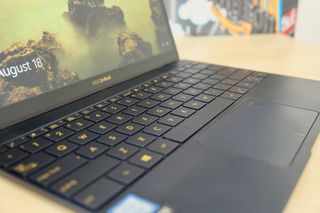
Dongle life
However elegant the Asus ZenBook 3 is, it’s only equipped with a single USB-C port, so doing something as simple as syncing and charging your laptop at the same time is impossible without a dongle or a hub. Asus does sell plenty of peripherals to offset the lack of additional ports so that you can connect to multiple devices while charging, but it’s just another thing you have to buy and remember to pack in your bag.
As USB-C continues to creep into numerous products we use on a daily basis, not being able to connect more than one item to a laptop at a time is still a limitation.
At least, the ASUS ZenBook 3 Deluxe tries harder with an extra USB-C port.
Mushy keyboard
We’ve been using Apple’s Butterfly keyboards for a while now, and we’ve become accustomed to lightly pressing a key and having it rebound with minimal effort. Asus tries to mimic this effect with the Asus ZenBook 3, though the end result is just a bit mushy.
The keys don’t quickly spring back into place, nor do they have a consistent level of resistance. In other words, the keys will feel soft and lead to inaccurate typing before mastering the learning curve.
First reviewed September 2017
Images Credit: TechRadar
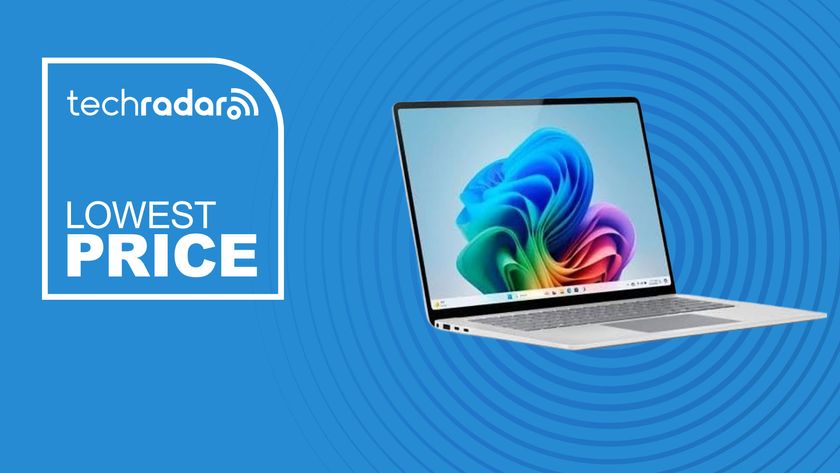
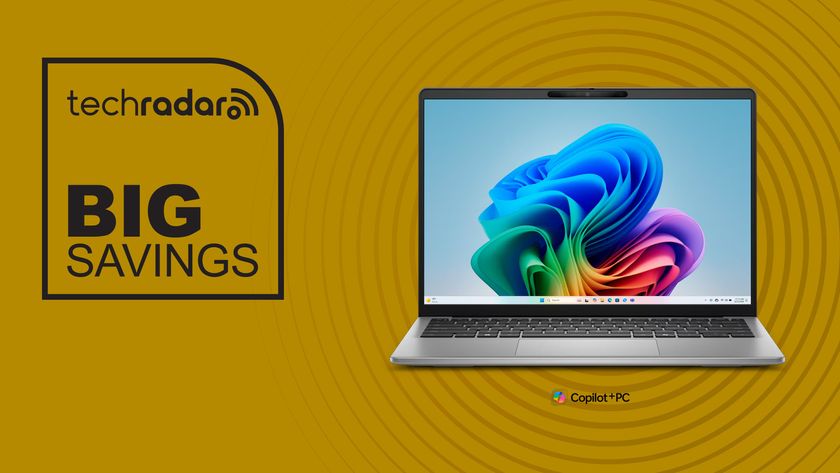
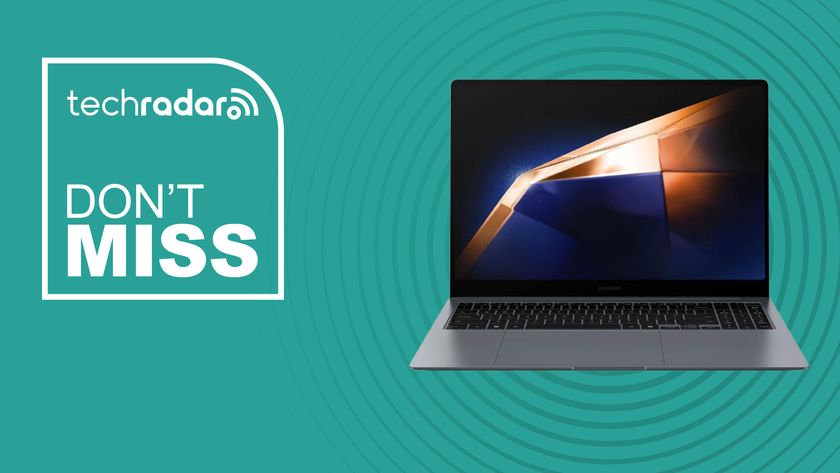
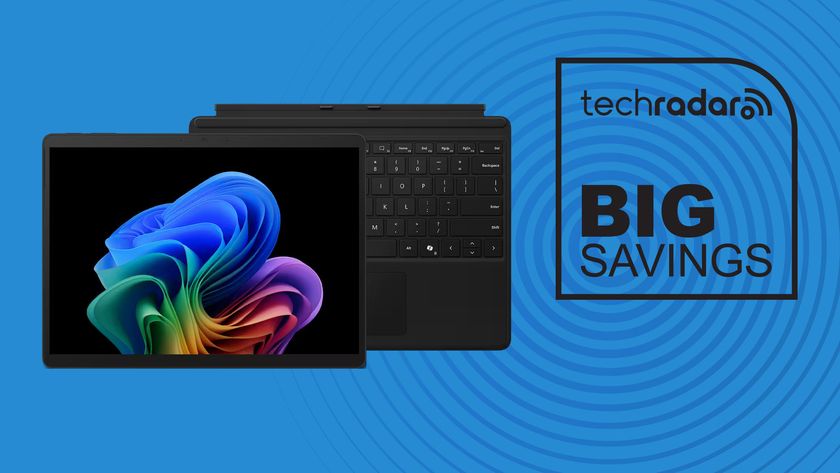
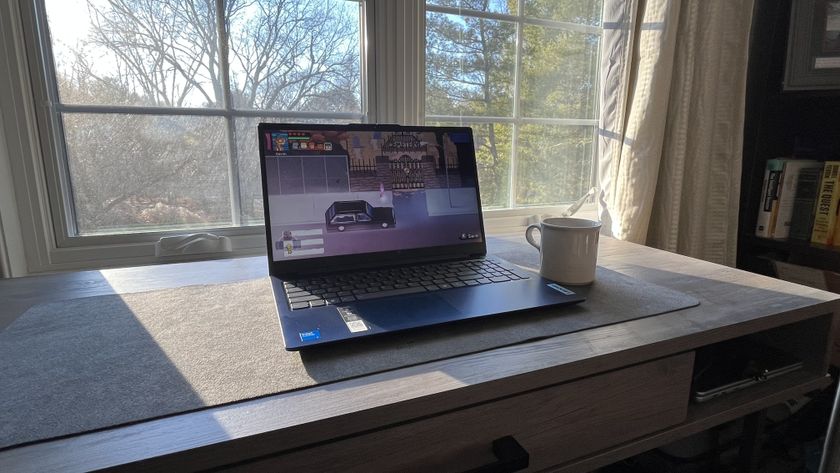
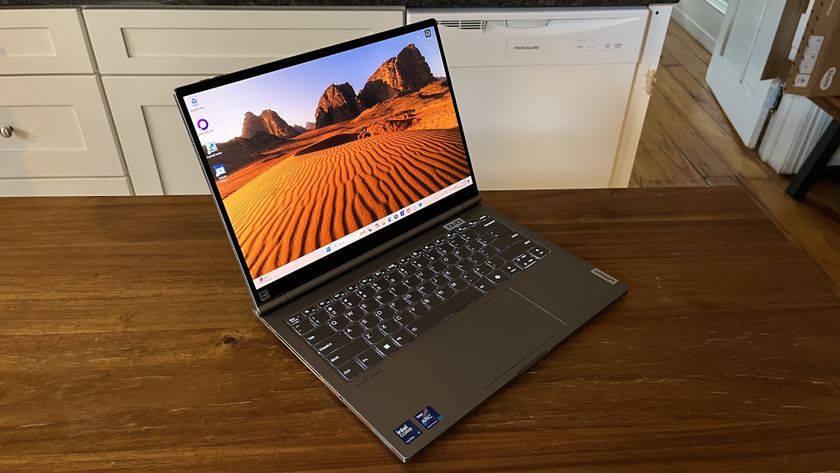




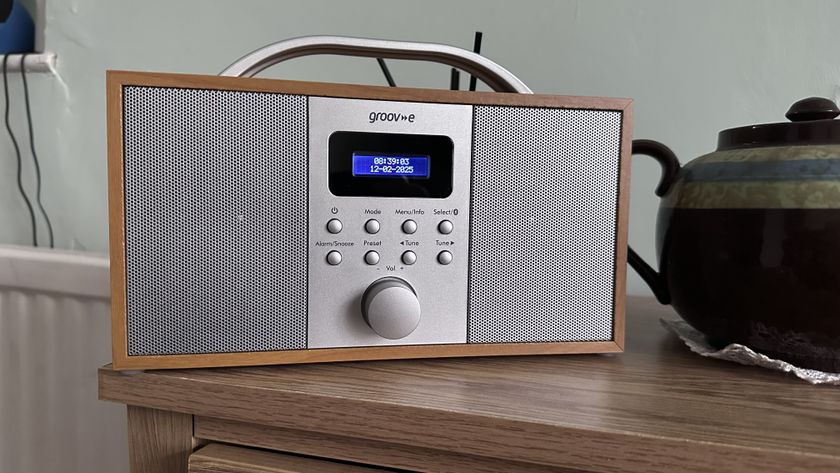


Forget AI – WhatsApp is planning a simple messages feature that could be its most useful upgrade in years

I cloned my voice in seconds using a free AI app, and we really need to talk about speech synthesis
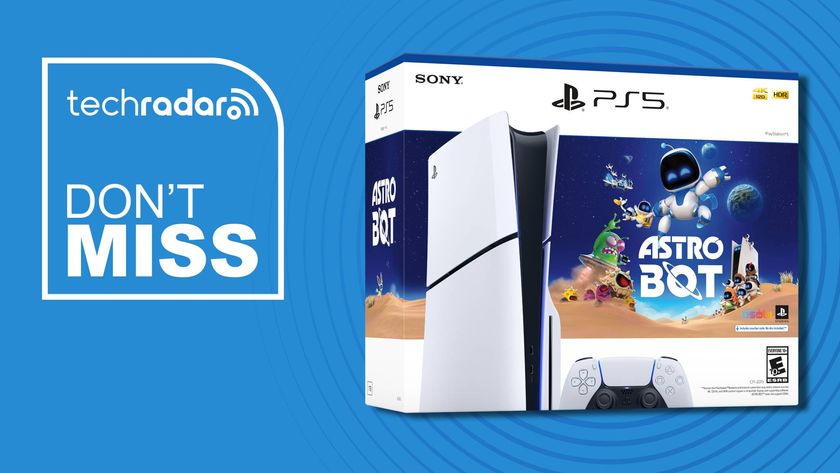
Sony officially announces new Astro Bot PS5 bundles and they're available from PlayStation Direct right now for bargain prices we can barely believe
